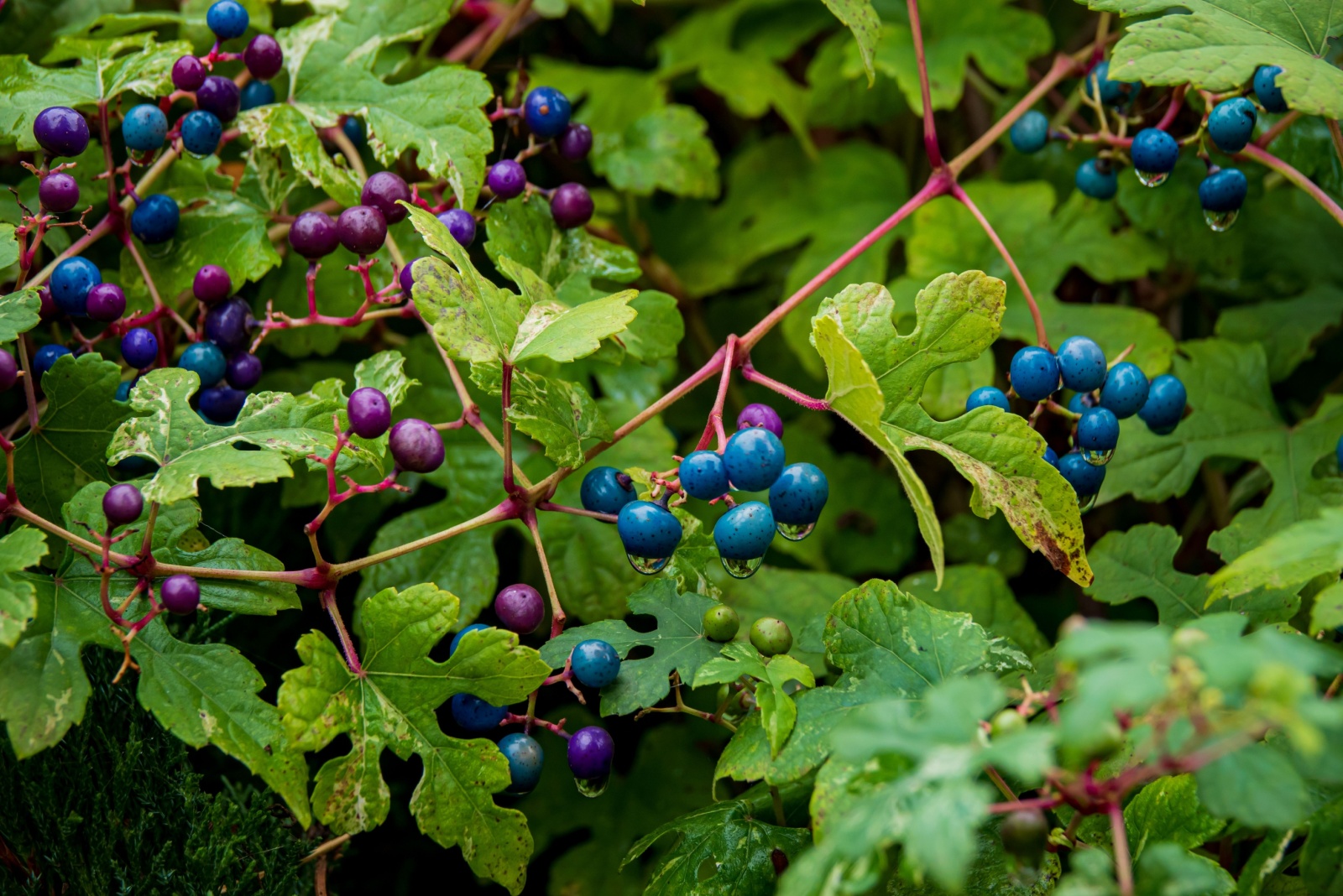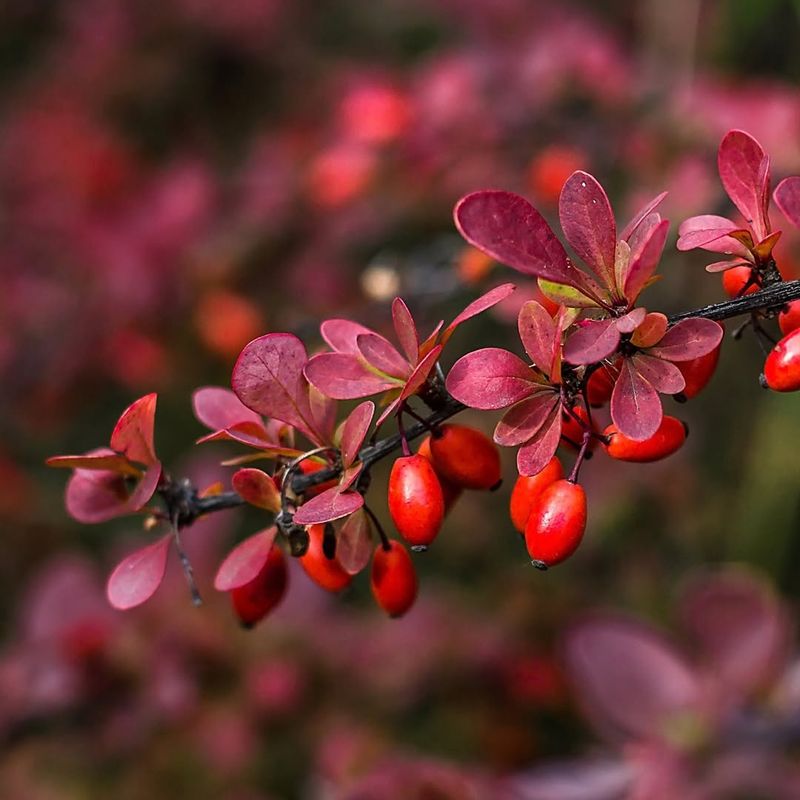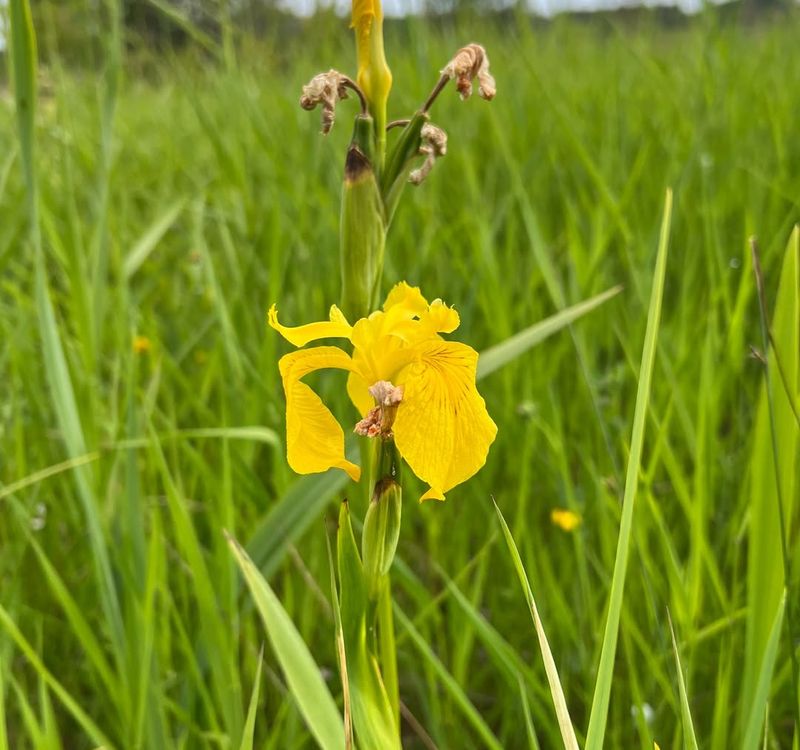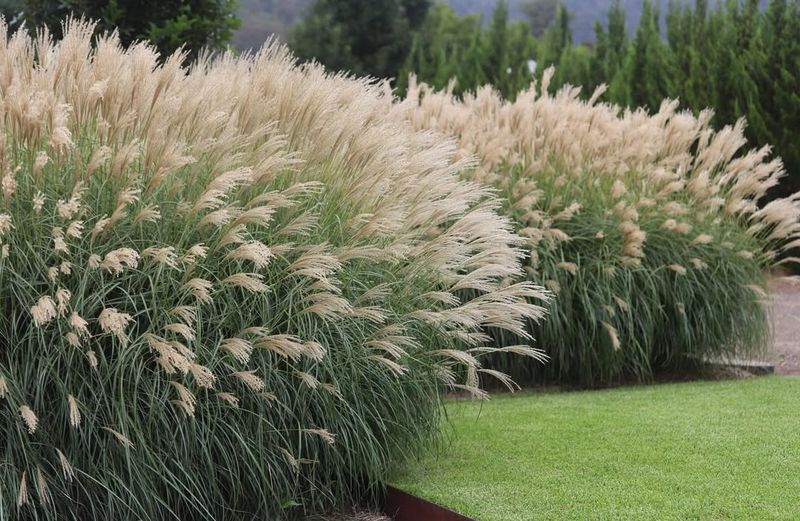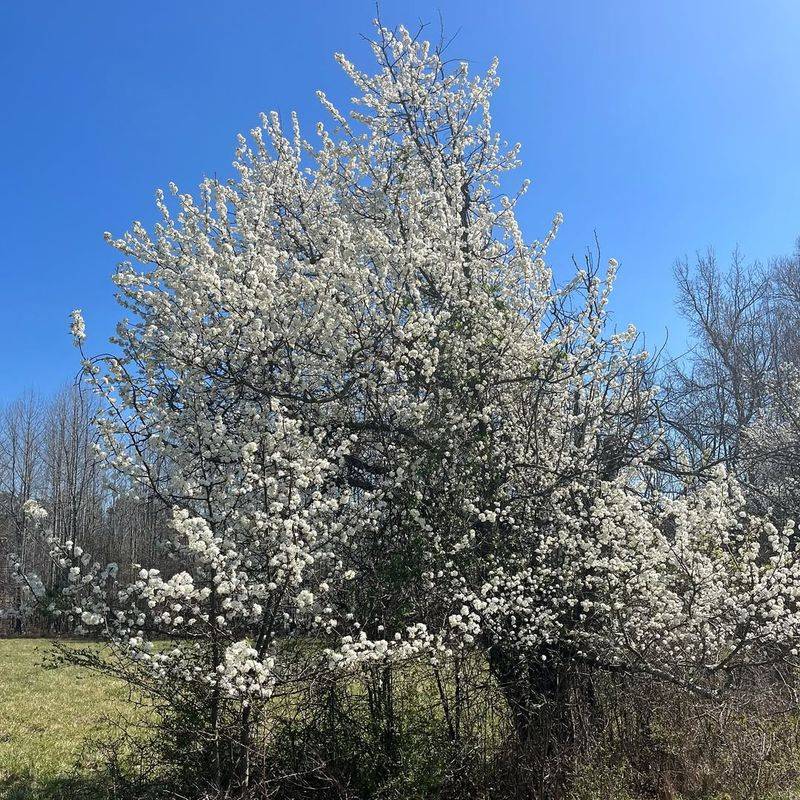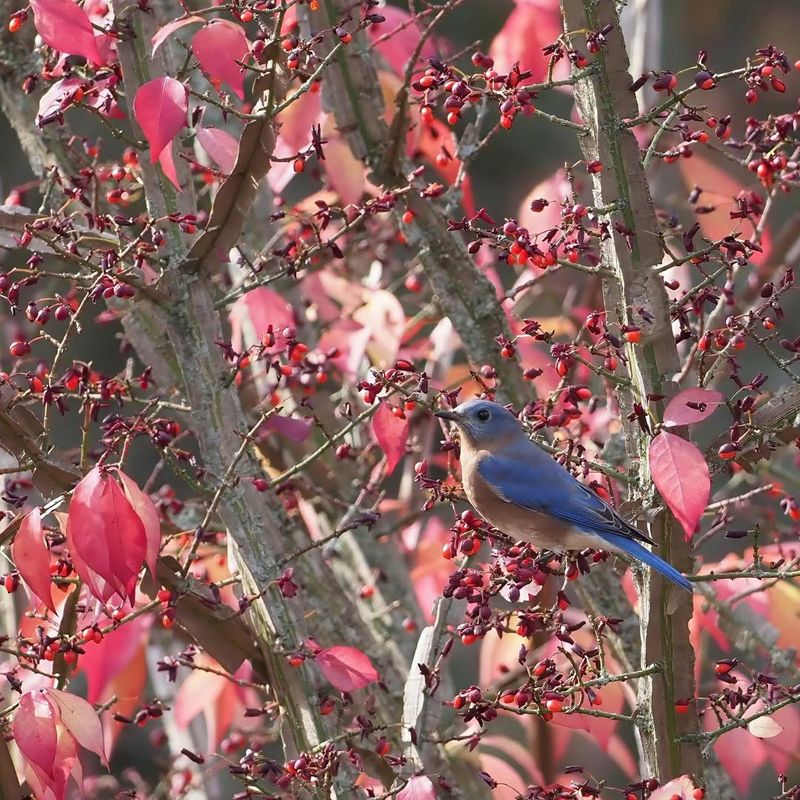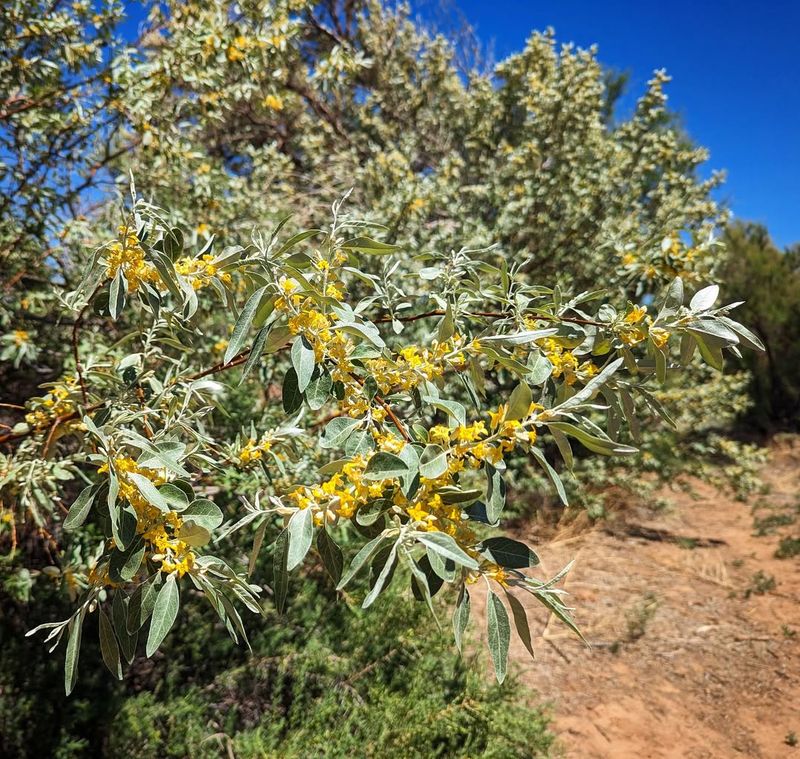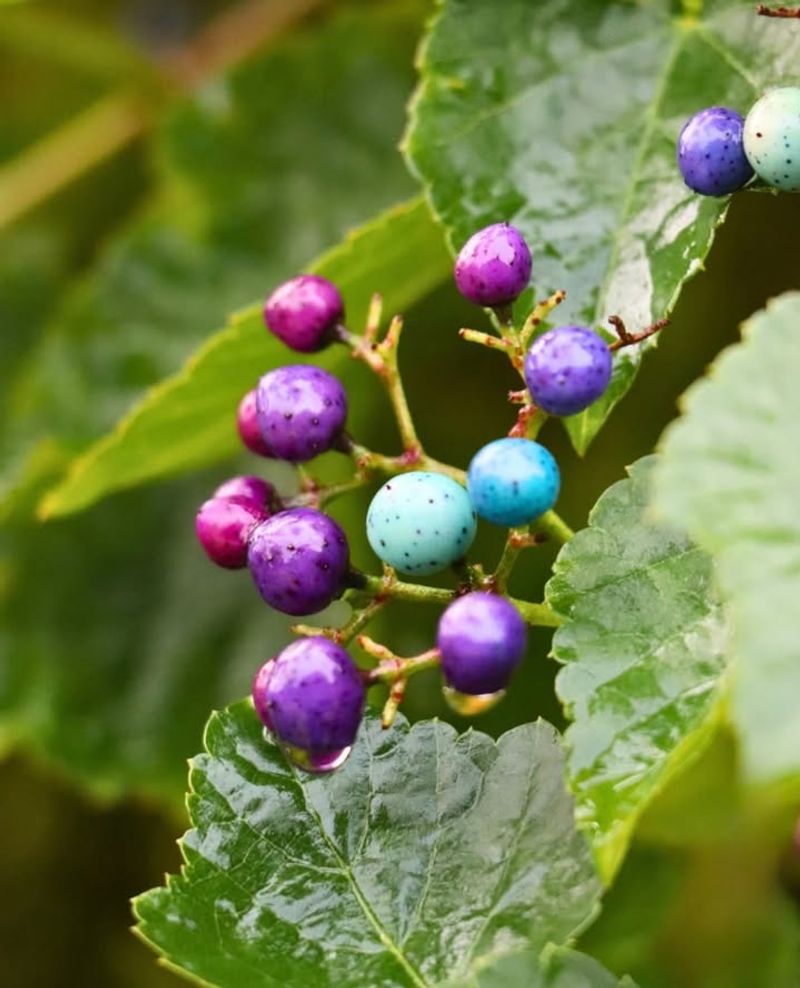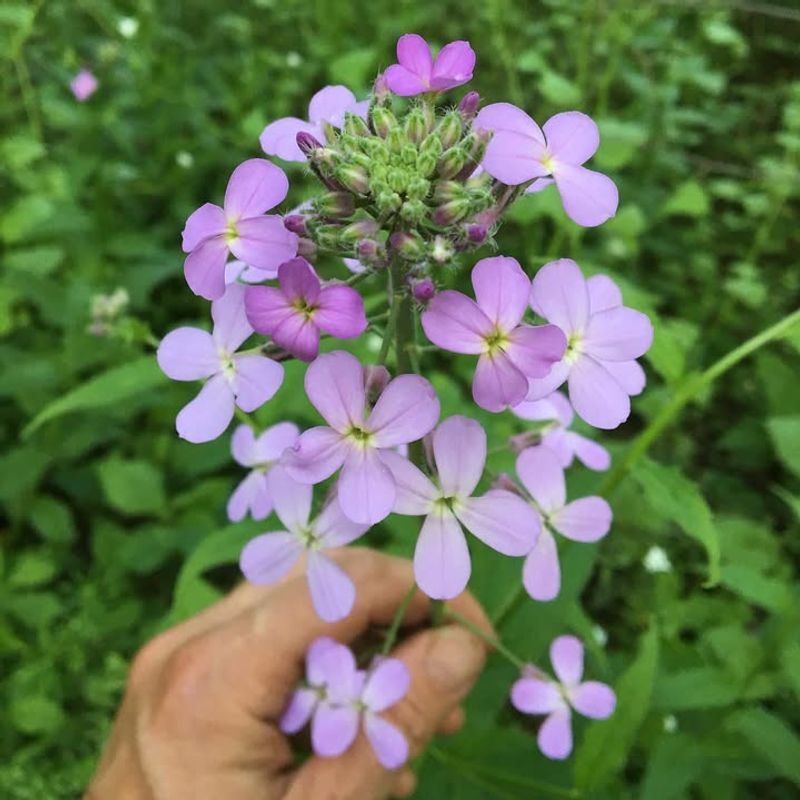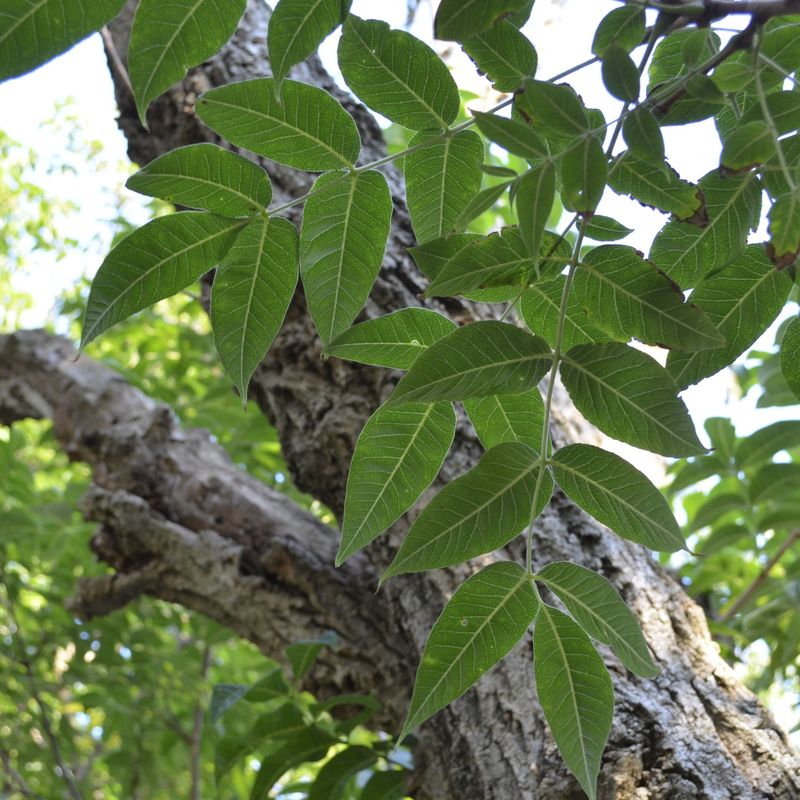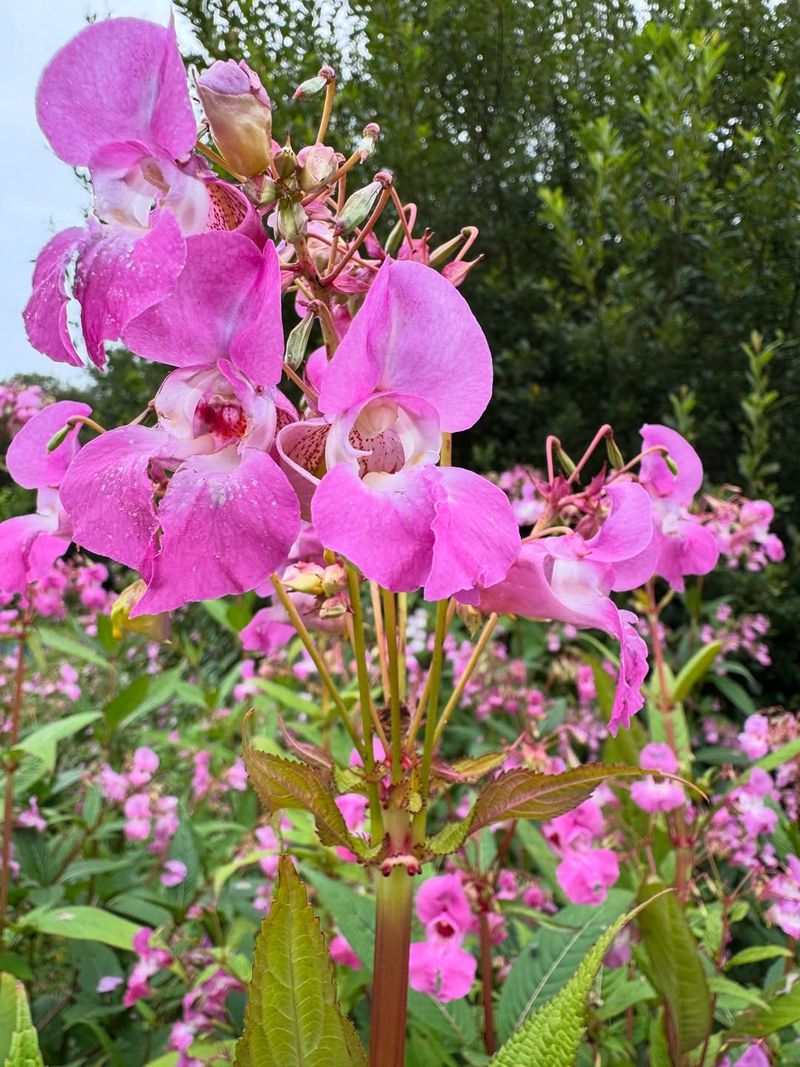Wisconsin gardeners beware! The state’s Department of Natural Resources is constantly monitoring potentially harmful plants that threaten our native ecosystems. Invasive species can quickly take over natural areas, crowding out native plants and disrupting wildlife habitats.
Several popular garden plants are now under review for possible addition to Wisconsin’s official banned plants list.
1. Japanese Barberry Shrub
Once a favorite for landscaping, Japanese Barberry creates the perfect humid environment for ticks that spread Lyme disease. Studies show areas with barberry have significantly higher tick populations than areas without it.
The plant’s thorny branches form dense thickets that wildlife can’t navigate through, disrupting natural movement patterns. Birds eat the bright red berries and spread the seeds far beyond your garden fence.
2. Yellow Flag Iris
Lurking in wetlands across Wisconsin, Yellow Flag Iris might look pretty with its bright yellow blooms, but don’t be fooled. The plant spreads aggressively through both seeds and underground rhizomes, forming thick mats that choke out native wetland plants.
Originally from Europe and North Africa, this water-loving invader can alter habitats for fish and wildlife. Even handling the plant can cause skin irritation for some gardeners!
3. Chinese Silver Grass
Fluffy seed plumes make Chinese Silver Grass (Miscanthus sinensis) a stunning ornamental, but those same pretty plumes spell trouble. Each plant produces thousands of wind-dispersed seeds that readily germinate in disturbed soil.
Growing up to 12 feet tall, these grasses form dense stands that crowd out native species. Their dry stalks create dangerous fire hazards in natural areas. Several cultivars exist, but even “sterile” varieties have been known to produce viable seeds.
4. Callery Pear Trees
Gardeners fell for Callery Pear’s perfect shape and cloud of white spring flowers. Unfortunately, birds spread the small fruits everywhere, creating thorny thickets in Wisconsin natural areas. The seedlings revert to aggressive wild forms with nasty thorns.
Beyond ecological damage, these trees have structural weaknesses. Branches often split during storms, damaging property. And let’s be honest – those pretty white flowers smell terrible! Several states have already banned this troublemaker.
5. Winged Burning Bush
Famous for its brilliant red fall foliage, Winged Burning Bush seems like a perfect landscape choice. However, birds feast on its colorful berries and deposit the seeds throughout forests and natural areas.
The plant’s adaptability is impressive but problematic – it thrives in sun or shade and various soil conditions. Native forest understory plants can’t compete with this aggressive shrub. Even the “dwarf” varieties eventually produce berries that spread into wild areas.
6. Russian Olive
Silvery leaves and fragrant flowers make Russian Olive appealing, but this drought-resistant tree quickly escapes cultivation. Birds devour its olive-like fruits and deposit seeds miles from the original planting.
Russian Olive forms dense thickets along Wisconsin waterways, crowding out native plants that wildlife depend on. Its thorny branches create impenetrable barriers that block access to water for larger animals. The tree’s extensive root system even changes soil chemistry, making it harder for native species to return.
7. Porcelain Berry Vine
Gardeners initially loved Porcelain Berry for its grape-like appearance and stunning berries that change from lilac to turquoise to purple. Those beautiful berries hide a dark secret – birds spread them everywhere, creating new infestations.
The vine grows incredibly fast, climbing over and smothering native trees and shrubs. A single plant can spread 15 feet in one growing season! Its dense growth blocks sunlight from reaching forest floor plants, dramatically reducing biodiversity in affected areas.
8. Dame’s Rocket
Many Wisconsin gardeners mistake Dame’s Rocket for native phlox, but this European import produces four-petaled flowers (not five like phlox) and thousands of seeds per plant. Those seeds remain viable in soil for years, making control extremely difficult.
Pretty purple and white flowers mask this plant’s aggressive nature. Dame’s Rocket forms dense colonies in woodlands, outcompeting spring wildflowers that native insects and wildlife depend on for early-season food. Some people experience skin irritation from handling the hairy stems.
9. Amur Cork Tree
Gardeners originally valued Amur Cork Tree for its unique textured bark and resistance to pests. Female trees produce thousands of black berries containing seeds that germinate readily in forest settings.
Young seedlings establish quickly in forest understories, forming dense stands that prevent native tree regeneration. The tree also produces chemicals that inhibit growth of competing plants. Urban foresters particularly worry about this species invading gaps in forests created by emerald ash borer damage.
10. Himalayan Balsam
With pretty pink orchid-like flowers and a sweet fragrance, Himalayan Balsam seems harmless for growing in Wisconsin. But watch out – its seed pods explosively scatter seeds up to 20 feet away! A single plant can produce 800 seeds that remain viable for two years.
Often found along waterways, this annual plant can grow seven feet tall in one season. Dense stands crowd out native vegetation and leave soil exposed to erosion when they die back in winter. The flowers produce copious nectar that diverts pollinators away from native plants.

